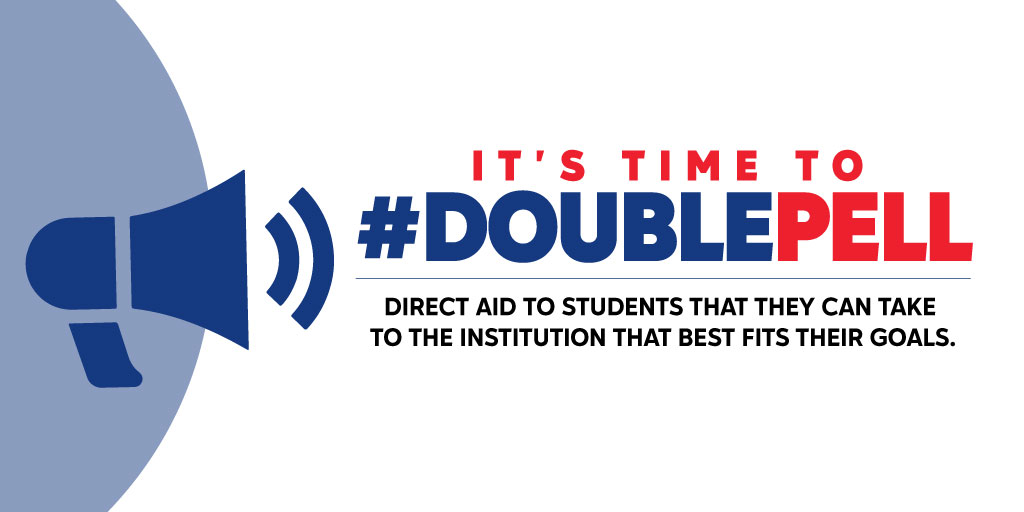
The top federal priority of SCICU and higher education advocacy organizations across the country is to double the federal Pell Grants Program, which was created in 1972 to help low-income students pay for college.
Currently the maximum Pell Grant is $6,450. A consortium of about two dozen higher education groups representing two- and four-year institutions is calling for a maximum grant of $13,000. It’s rare for all sectors of higher education to come together on behalf of one initiative, but the Pell Grant Program is so far reaching, impacting about seven million students, it’s easy for everyone to agree on its expansion.
The students benefitting from the Pell Grant are the most economically disadvantaged, and often the first generation in their families to attend college. These students face a host of challenges to attend college, not the least of which is paying for it. And once they are enrolled, staying in school is just as imposing a task.
Doubling Pell would increase the confidence of low-income, first-generation students to pursue their dream of a college education. And by reducing students’ financial burdens, doubling Pell would help them remain enrolled and ultimately graduate. Students should be focused on their studies and not distracted by financial concerns. Importantly, they would then graduate with lower debts thanks to the additional support they received from the Pell Grants Program.
Doubling Pell empowers these same students to attend whatever institution best meets their needs. Rather than compelling low-income student into one kind of college because it’s “free,” doubling Pell permits students and their families to select the college with the academic programs that suits their talents and campus communities most able to support them. It should be pointed out that doubling Pell would have the functional effect of making virtually all two-year colleges “free” without heavily subsidizing that particular college sector at the expense of others.
You might be thinking, “Oh with more aid available to students, colleges will just increase their tuition.” Frankly, I find that assessment insulting because SCICU colleges and universities are doing so much to make themselves accessible to any student regardless of their background. Last year, SCICU member institutions provided more than a third of a billion dollars in institutional support to students. We have skin in the game. Now we’re asking Congress to raise their stake in the future of our students.
Doubling the Pell Grant is a win for taxpayers. At nearly 50 years old, it’s an established program that’s proven able to pay for itself. One study found because Pell Grant recipients tended to stay in school and graduate, their increase earning power resulted in them paying more taxes, recouping the cost of their Pell Grants in about 10 years. And politically, everyone likes Pell Grants – the program is supported by both sides of the aisle.
You’ll be hearing more a lot more about #DoublePell. Our most financially vulnerable students are relying us. We can’t let them down.

 South Carolina update – The 2020 Census results are in
South Carolina update – The 2020 Census results are in